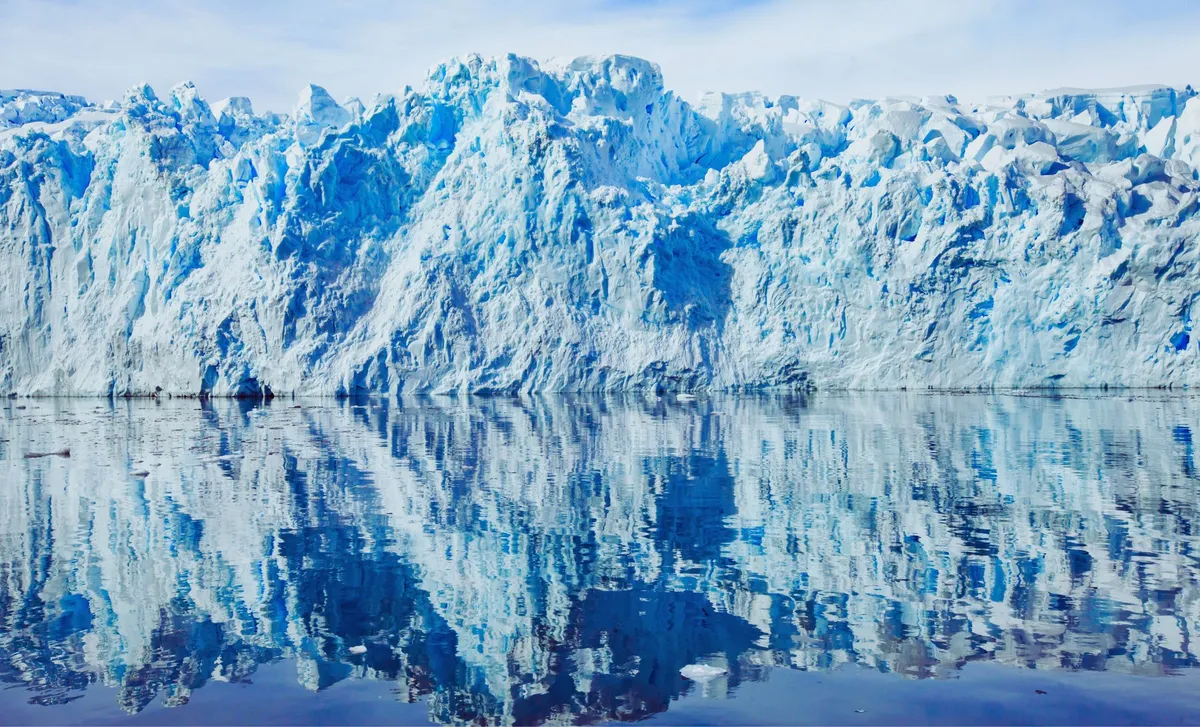
In recent years, Antarctica has witnessed a significant environmental transformation, marked by a dramatic loss of sea ice. A groundbreaking study has revealed that since 2015, Antarctica has lost an amount of ice equivalent to the entire size of Greenland. This rapid decline in ice coverage is not just an isolated incident; it is part of a larger, concerning trend that poses serious implications for our planet. Recent research published in the Proceedings of the National Academy of Sciences (PNAS) has uncovered an unexpected increase in salinity levels in the Southern Ocean, which has triggered a series of reactions, most notably the melting of sea ice from below.
The consequences of these dramatic changes in Antarctica extend well beyond its icy shores, impacting global climate patterns, sea levels, and wildlife habitats. One particularly alarming finding is the reappearance of the Maud Rise polynya—a massive hole in the sea ice that has not been observed since the 1970s. This phenomenon serves as a critical marker of the ongoing changes in the Southern Ocean. The resurgence of the polynya indicates an increasing instability in the ice-ocean system, rendering the region more vulnerable to warming trends associated with rising salinity levels. As these changes accelerate, researchers caution that Antarctica could play a pivotal role in permanently altering the world’s oceans and climate systems.
In a surprising development, the Southern Ocean has experienced a notable increase in surface salinity levels. For decades, scientists had observed a trend of freshening in surface waters, which was essential for sustaining sea ice. However, this trend has now reversed. The rise in salinity, detected through advanced oceanographic instruments and European satellites, has undermined the stratification of water layers. Consequently, this shift facilitates the rise of deeper, warmer ocean waters to the surface, introducing enough heat to melt the sea ice from below.
This transition from freshening to increased salinity has initiated a hazardous feedback loop: reduced sea ice leads to greater heat absorption, which in turn accelerates further ice melting. As this cycle intensifies, the repercussions are being felt on a global scale. The warmer temperatures in the Southern Ocean contribute to more powerful storms, erratic weather patterns, and rising ocean temperatures. These alterations not only affect the Antarctic ecosystem but also have widespread implications for marine life worldwide.
The return of the Maud Rise polynya after 50 years is one of the most striking indicators of the sweeping changes occurring in the Southern Ocean. This massive hole in the sea ice is a rare phenomenon, nearly four times the size of Wales. Its emergence is directly linked to rising salinity levels, which have enabled deeper ocean heat to melt the ice from beneath. Dr. Alessandro Silvano from the University of Southampton, who led the research, noted, “The return of the Maud Rise polynya signals just how unusual the current conditions are. If this salty, low-ice state continues, it could permanently reshape the Southern Ocean — and with it, the planet.”
These changes are already manifesting globally. As the ice retreats, the albedo effect is altered, diminishing the Earth’s natural capacity to reflect sunlight and accelerating global warming. This shift contributes to an increase in extreme weather events, including more intense storms and changes in ocean currents. Additionally, Antarctic wildlife, such as penguins and other species reliant on ice, are facing diminishing habitats, pushing them closer to the brink of extinction.
Given the rapid pace of these ecological changes, scientists are advocating for the establishment of more robust monitoring systems to track evolving conditions in the Southern Ocean. The increase in surface salinity and the loss of sea ice represent unexpected developments that challenge existing models of Antarctic climate behavior. Professor Alberto Naveira Garabato, a co-author of the study, emphasized the necessity for continuous observation to better predict and understand these transformations. “The new findings suggest that our current understanding may be insufficient to accurately predict future changes,” he stated.
He further highlighted, “The need for ongoing satellite and in-situ monitoring is more pressing than ever, as it will enhance our comprehension of the drivers behind recent and future shifts in the ice-ocean system.” Without timely data and a more precise model of these changes, scientists may struggle to forecast the long-term effects of these environmental disruptions. Enhanced research and monitoring efforts are crucial not only for deciphering the causes behind the alterations in the Southern Ocean but also for formulating strategies to mitigate their impact on global ecosystems.